 Your new post is loading...
 Your new post is loading...

|
Scooped by
Ed Rybicki
|

|
Scooped by
Ed Rybicki
|
Viruses need hosts. Whether it's measles, the flu or coronavirus, viral pathogens cannot multiply or infect other organisms without the assistance of their hosts' cellular infrastructure. However, humans are not the only ones affected by viruses: animals, plants and even microorganisms can all...

|
Scooped by
Ed Rybicki
|
Earth was long thought to be the only planet in our solar system with an ocean, but it is beginning to look as though there are underground oceans inside even the most surprising icy bodies.

|
Scooped by
Ed Rybicki
|
Alaskan waters are a critical fishery for salmon. Complex marine food webs underlie and sustain this fishery, and scientists want to know how climate change is reshaping them. But finding samples from the past isn't easy.

|
Scooped by
Ed Rybicki
|
With the introduction of the influenza vaccine in the official immunization schedule of most countries, several data regarding the efficacy, tolerability, and safety of influenza immunization were collected worldwide.

|
Scooped by
Ed Rybicki
|
Long coronavirus disease (COVID) syndrome leads to chronic inflammatory state onset that can have a multisystem impact and compromise organ function. Moreover, long COVID syndrome is often characterized by the presence of chronic fatigue, which affects subjects’ daily activities and worsens their...

|
Scooped by
Ed Rybicki
|
Study highlights the detection of SARS-CoV-2 RNA and novel spike gene mutations in flood control channels affected by homeless populations, demonstrating the value of environmental surveillance in understanding public health dynamics.

|
Scooped by
Ed Rybicki
|
When it launches in October, the agency's Europa Clipper spacecraft will carry a richly layered dispatch that includes more than 2.6 million names submitted by the public.

|
Scooped by
Ed Rybicki
|
The highly conserved protease enzyme from SARS-CoV-2 (M<sup>Pro</sup>) is crucial for viral replication and is an attractive target for the design of novel inhibitory compounds.M<sup>Pro</sup> is known to be conformationally flexible and has been stabilized in an extended conformation in a complex...

|
Scooped by
Ed Rybicki
|
mRNA vaccines developed against the spike glycoprotein of severe acute respiratory syndrome type 2 coronavirus (SARS-CoV-2), displayed remarkable efficiency in combating coronavirus 19 (COVID-19).

|
Scooped by
Ed Rybicki
|
A comprehensive analysis found no evidence of m6A modifications in the genome of the cytoplasmic RNA viruses CHIKV and DENV, challenging the current notion that m6A modification is a general feature of cytoplasmic RNA viruses.

|
Scooped by
Ed Rybicki
|
During the COVID-19 pandemic, nonpharmaceutical interventions (NPIs) were implemented in order to control the transmission of SARS-CoV-2, potentially affecting the prevalence of respiratory syncytial virus (RSV).

|
Scooped by
Ed Rybicki
|
Groundbreaking antiviral drugs discovered by University of Alberta scientists offer new hope in the fight against COVID-19 and future pandemics.
|

|
Scooped by
Ed Rybicki
|
Complex systems in nature, like their synthetic counterparts in technology, comprise a large number of small components that assemble of their own accord through molecular interactions. Gaining a better understanding of the principles and mechanisms of this self-assembly is important for the...

|
Scooped by
Ed Rybicki
|
Plants are made up of very rigid cells. Much like bricks in a wall, this feature gives them the structural support to maintain their shape and to stand upright against gravity. However, just like any living organism, plants can be injured, for instance, by wind or animal grazing.

|
Scooped by
Ed Rybicki
|
Despite their ancient ages, some stars orbiting the Milky Way's central supermassive black hole appear deceptively youthful. But unlike humans, who might appear rejuvenated from a fresh round of collagen injections, these stars look young for a much darker reason.

|
Scooped by
Ed Rybicki
|
Sometimes, all you need for a new discovery is some creative math. That was the case for a new paper by Edward Williams and Laurent Montési of the University of Maryland's Department of Geology. They released a brief paper at the Lunar and Planetary Science Conference (LPSC 2024) last month that...

|
Scooped by
Ed Rybicki
|
Rotavirus A (RVA) is the leading cause of diarrhea requiring hospitalization in children and causes over 100,000 annual deaths in Sub-Saharan Africa. In order to generate next-generation vaccines against African RVA genotypes, a reverse genetics system based on a simian rotavirus strain was...

|
Scooped by
Ed Rybicki
|
Pemgarda, a monoclonal antibody infusion recently authorized by the FDA, could offer a new line of protection for millions of immunocompromised patients.

|
Scooped by
Ed Rybicki
|
Background This study examined the correlation of classroom ventilation (air exchanges per hour (ACH)) and exposure to CO2 ≥1,000 ppm with the incidence of SARS-CoV-2 over a 20-month period in a specialized school for students with intellectual and developmental disabilities (IDD).

|
Scooped by
Ed Rybicki
|
In a striking new study published in Science Advances, a team of synthetic biologists led by Karen Sarkisyan at the MRC Laboratory of Medical Sciences, have reported the discovery of multiple plant enzymes—hispidin synthases—that can perform the most complex reaction of the bioluminescence pathway.

|
Scooped by
Ed Rybicki
|
Influenza A viruses (IAVs) possess a segmented genome consisting of eight viral RNAs (vRNAs) associated with multiple copies of viral nucleoprotein (NP) and a viral polymerase complex. Despite the crucial role of RNA structure in IAV replication, the impact of NP binding on vRNA structure is not...

|
Scooped by
Ed Rybicki
|
Single-dose, immunogenic DNA (iDNA) vaccines coding for whole live-attenuated viruses are reviewed. This platform, sometimes called immunization DNA, has been used for vaccine development for flavi- and alphaviruses.

|
Scooped by
Ed Rybicki
|
Severe acute respiratory syndrome coronavirus 2 (SARS-CoV-2) infection can cause potentially life-threatening coronavirus disease (COVID-19). COVID-19 is a multisystem disease and is associated with significant respiratory distress, systemic hyperinflammation, vasculitis, and multi-organ failure.

|
Scooped by
Ed Rybicki
|
Original Article from The New England Journal of Medicine — Myocarditis after Covid-19 Vaccination in a Large Health Care Organization...

|
Scooped by
Ed Rybicki
|
Peptides are short strands of amino acids that are increasingly used therapeutically, as biomaterials and as chemical and biological probes. The capacity to isolate, manipulate and label peptides and larger proteins is limited, however, by the ability to reliably attach functional molecules, such...
|



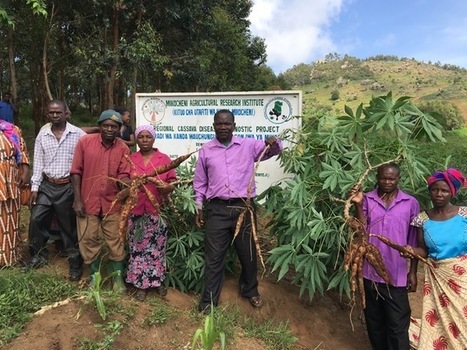


 Your new post is loading...
Your new post is loading...


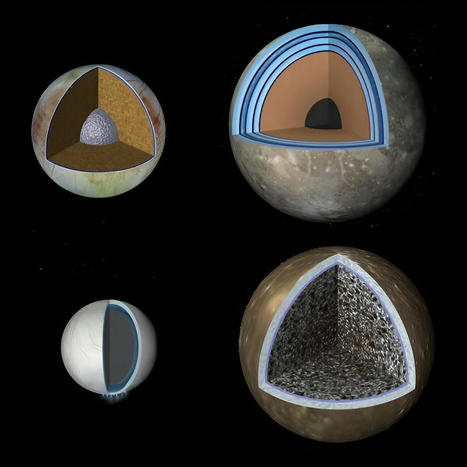

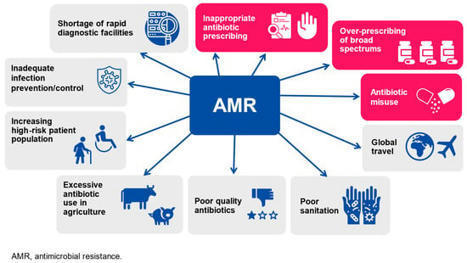


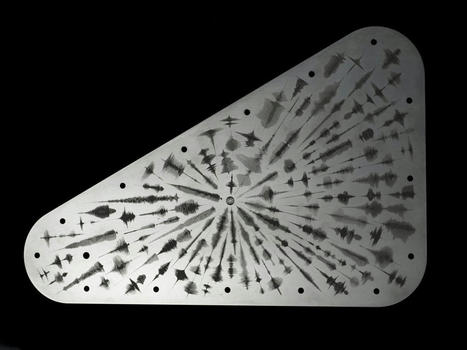


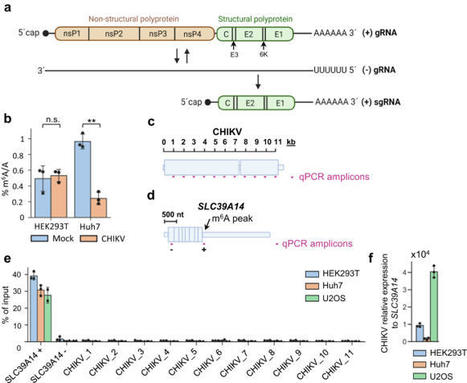
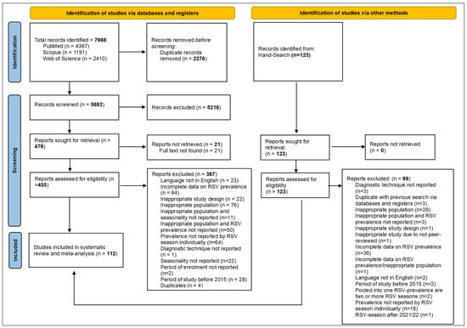
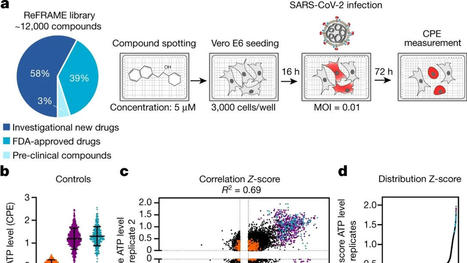
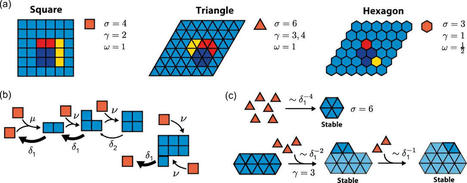
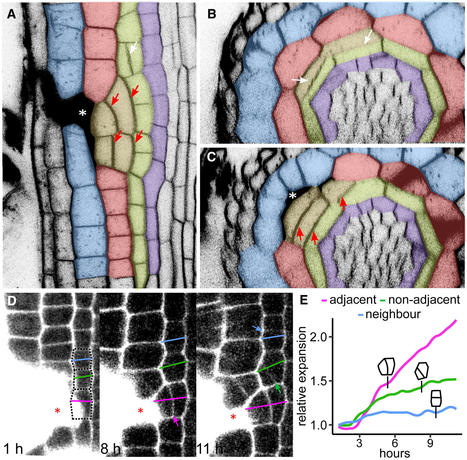

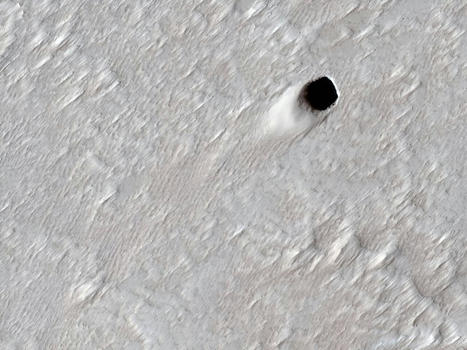
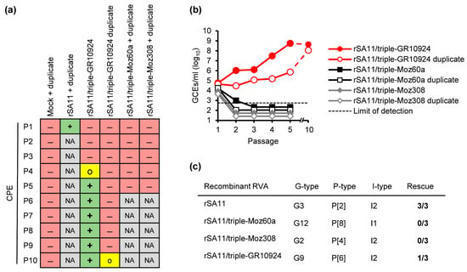

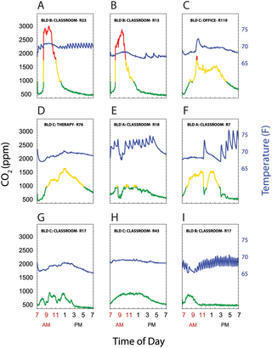

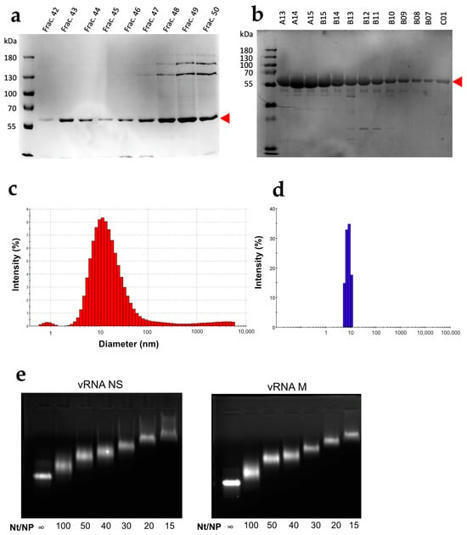
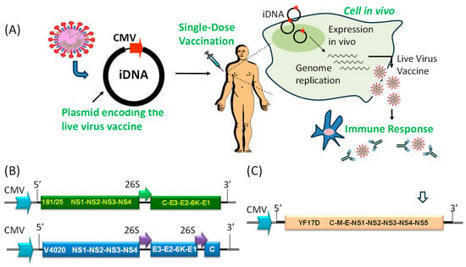
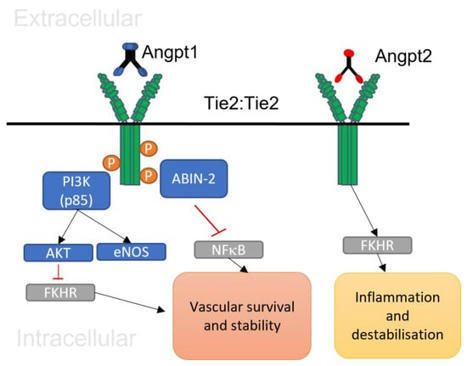






Interesting insight - because in 2007, some of the same folk who wrote this were involved in two workshops that I attended, in Bellagio and in Zanzibar, on setting up a plant disease diagnostic network for Africa. We had folk from the Rockefeller Foundation there, Gates Foundation too, and we did a lot of good work - to no end, because the proposal did not fly.
Their points are highly valid: I have pointed out elsewhere, and others too, that plant diseases can kill people just as human diseases can. Indirectly, maybe, and due to lack of food caused by plant pathogens, but taking a deadly toll nonetheless (see here: https://rybicki.files.wordpress.com/2012/01/plvidis-final-11-6-99.pdf).
The sad fact is that there is next to nothing in place in most of Africa for the kinds of molecular diagnostics that folk working with human diseases take for granted. Oh, there are a few centres in the more sophisticated African countries where ELISA kits can be used, and places like Uganda, Kenya and even Malawi have labs and dedicated people - but these are the exceptions, and the overall picture is dismal.
What we need are comprehensive surveys of crops across Africa, in all of the breadbasket countries that supply most of the maize, cassava, sweet potatoes and the like, and of vegetable-growing areas in all countries, to see what is there.
Once that is known, then surveillance programmes could be set up, to monitor outbreaks of dangerous diseases, insect vector populations and their role in spreading plant disease - and provide information to assess real and potential crop losses.
All it would take is money - and some of the kit that came to Africa for the Ebola outbreak in West Africa recently. We even have a plan that could be dusted off - and a good Africa-wide network to help make it happen.
Oh, and some political will, and some planning. That's the difficult bit....